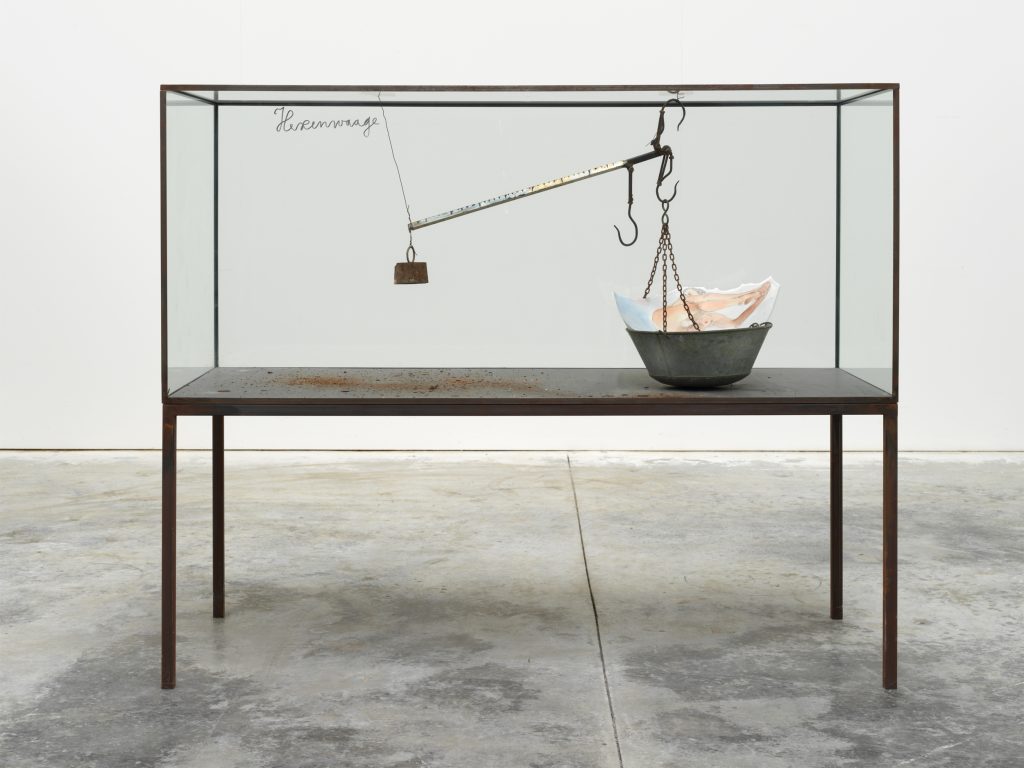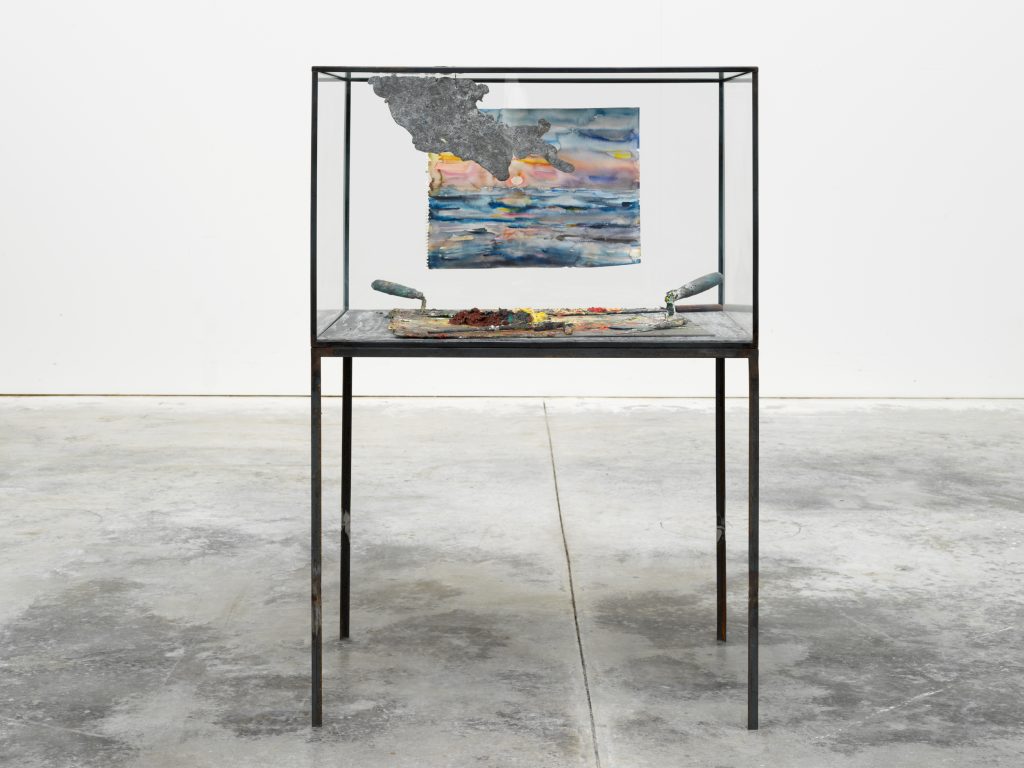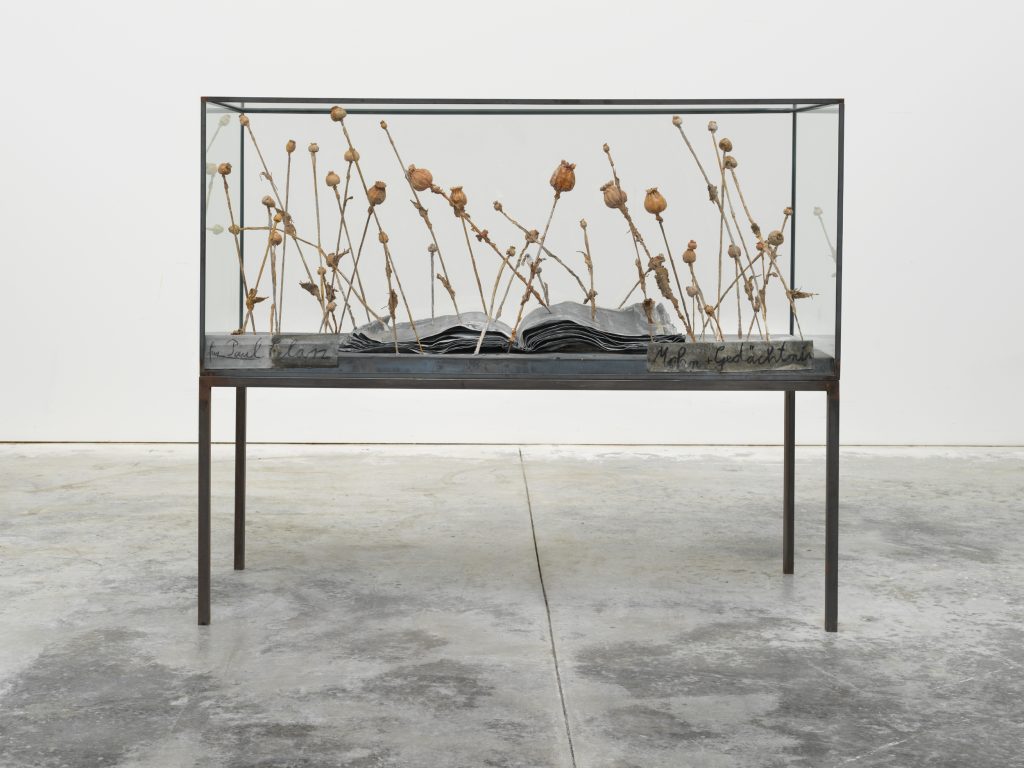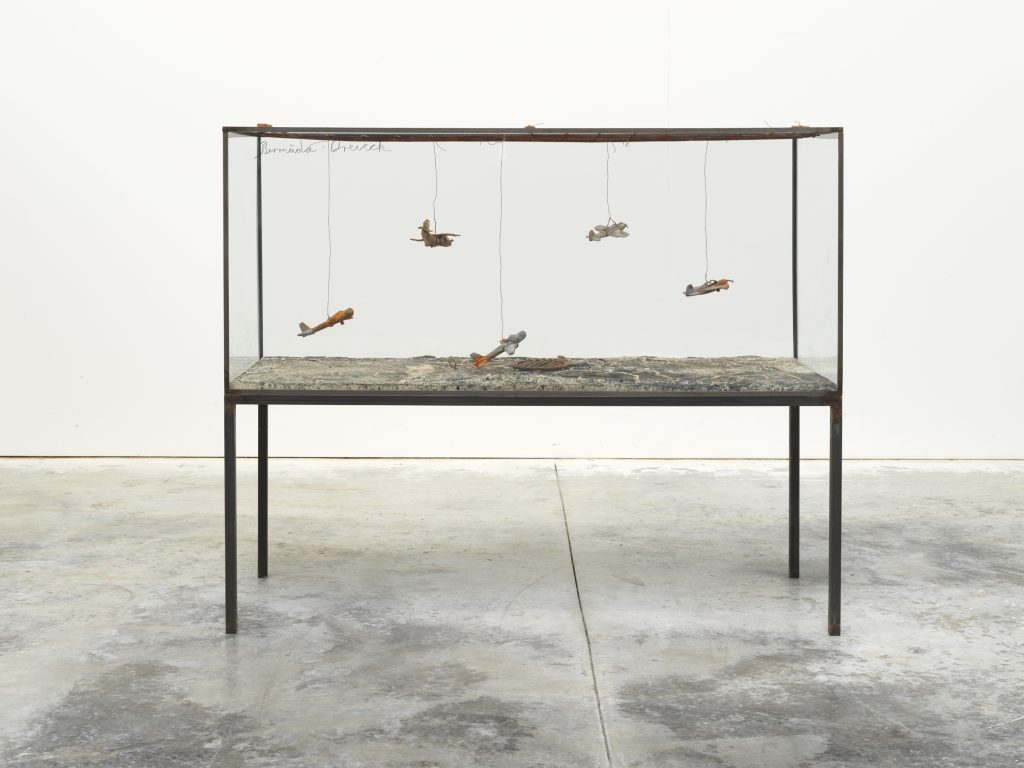ART CITIES:Tokyo-Anselm Kiefer
 Anselm Kiefer’s ongoing preoccupation with cultural memory, identity and history lends his works their multi-layered subject matter, fuelled by a variety of historical, mythological and literary sources. These include references to Greek and Germanic mythology, alchemy, and Christian symbolism, as well as the writings of celebrated medieval lyricist Walther von der Vogelweide, Romanian-born poet Paul Celan, French poet and critic Charles Baudelaire, Russian Futurist Velimir Khlebnikov, and Austrian post-war poet Ingeborg Bachmann, among others.
Anselm Kiefer’s ongoing preoccupation with cultural memory, identity and history lends his works their multi-layered subject matter, fuelled by a variety of historical, mythological and literary sources. These include references to Greek and Germanic mythology, alchemy, and Christian symbolism, as well as the writings of celebrated medieval lyricist Walther von der Vogelweide, Romanian-born poet Paul Celan, French poet and critic Charles Baudelaire, Russian Futurist Velimir Khlebnikov, and Austrian post-war poet Ingeborg Bachmann, among others.
By Dimitris Lempesis
Photo: Fergus McCaffrey Gallery Archive
Born during the closing months of World War II, Kiefer reflects upon Germany’s post-war identity and history, grappling with the national mythology of the Third Reich. Fusing art and literature, painting and sculpture, Kiefer engages the complex events of history and the ancestral epics of life, death, and the cosmos. His boundless repertoire of imagery is paralleled only by the breadth of media palpable in his work. Kiefer’s oeuvre encompasses paintings, vitrines, installations, artist books, and an array of works on paper such as drawings, watercolors, collages, and altered photographs. The physical elements of his practice, from lead, concrete, and glass to textiles, tree roots, and burned books are as symbolically resonant as they are vast-ranging. By integrating, expanding, and regenerating imagery and techniques, he brings to light the importance of the sacred and spiritual, myth and memory. Over the past forty years, Kiefer’s practice has developed through the accumulation, mingling and reworking of themes, motifs and constellations which recur across diverse media. The language of material plays an essential role in his works, which often have a sedimentary geological texture. Highly symbolic connections emerge from lead, concrete, dirt, dried plants, glass, barbed wire and the inclusion of found objects such as books, scythes and model ships. Lead is of particular importance to the artist, who has described it as ‘the only material heavy enough to carry the weight of human history’. Many of his chosen materials and themes contain alchemical references, such as the transmutation of base metals into gold that becomes a metaphor for spiritual enlightenment. “Opus Magnum” features 20 vitrine sculptures and watercolors and is Anselm Kiefer’s first show in Japan since 1998. Vitrines are designed primarily for visual observation, separating sight from other sensory experiences like touch or smell. Tracing their origins back to advancements in museum exhibitions and commercial showcases during the 19th century, and even further to the historical practices of reliquaries and cabinets of curiosities, display cases encase their contents and emphasize visual engagement as a unique encounter. Throughout the last century, artists ranging from Surrealists to contemporary figures like Christian Boltanski, Damien Hirst, and Mark Dion have utilized display cases to isolate ordinary objects and imbue them with a sense of unfamiliarity. Often, the items within these cases are too delicate, transient, or unremarkable to exist independently as sculptures. Kiefer, adopting a tactic reminiscent of his mentor Joseph Beuys, employs the vitrine both as a tool for curation and as an artistic entity in its own right. Beuys, deeply influenced by Rodin, utilized pre-made natural history display cases to showcase “relics” of his transient performances, alongside materials and objects typically excluded from the realm of art. Similarly, for Kiefer, the vitrine serves as an opportunity for the “temporary assembly of various remnants.” The inherent nature of the vitrine is transitory, fostering spontaneity and experimentation. Describing its merits as a medium, Kiefer likens it to an “aperçu,” a spontaneous insight or observation made in the moment.
Photo: Anselm Kiefer, Extases féminines, 2013, Watercolor on paper, 114,50 x 123,5 cm, 45 1/8 x 48 5/8 in, 136 x 146 x 6 cm, with frame, 53 1/2 x 57 1/2 x 2 3/8 in, with frame, © Anselm Kiefer, Photo: Georges Poncet, Courtesy the artist and Fergus McCaffrey Gallery
Info: Fergus McCaffrey Gallery, 3-5-9 Kita-Aoyama, Minato-ku, Tokyo, Japan, Duration: 2/4-29/6/2024, Days & Hours: Tue-Sat 11:00-19:00, https://fergusmccaffrey.com/

Right: Anselm Kiefer, Das Heidenröslein, 2013, Watercolor on paper, 62 x 30,5 cm, 24 3/8 x 12 in, 80 x 48 x 4,2 cm, with frame, 31 1/2 x 18 7/8 x 1 5/8 in, with frame, © Anselm Kiefer, Photo: Georges Poncet, Courtesy the artist and Fergus McCaffrey Gallery




